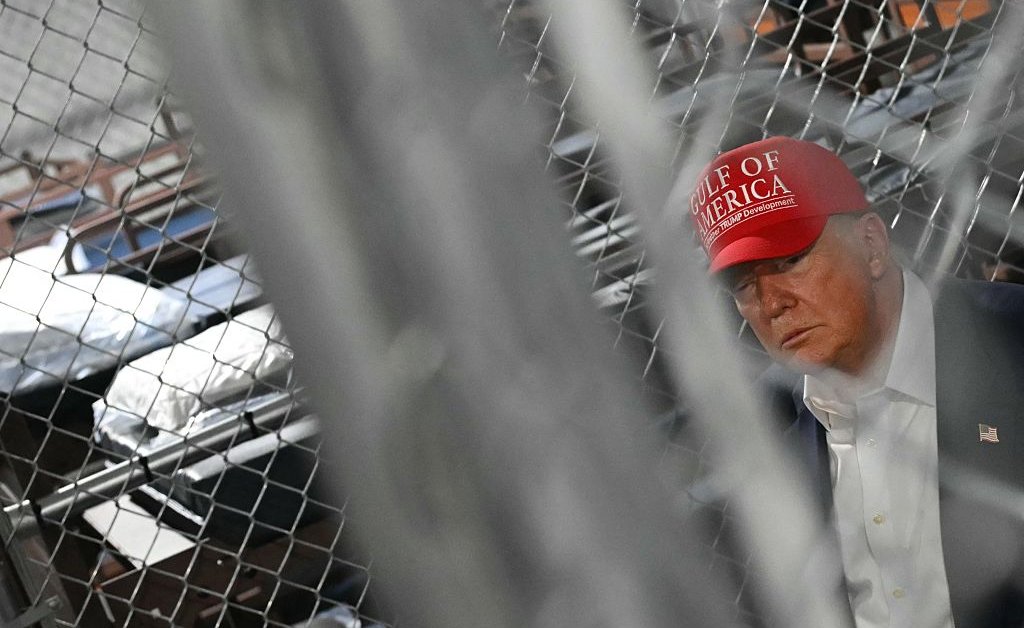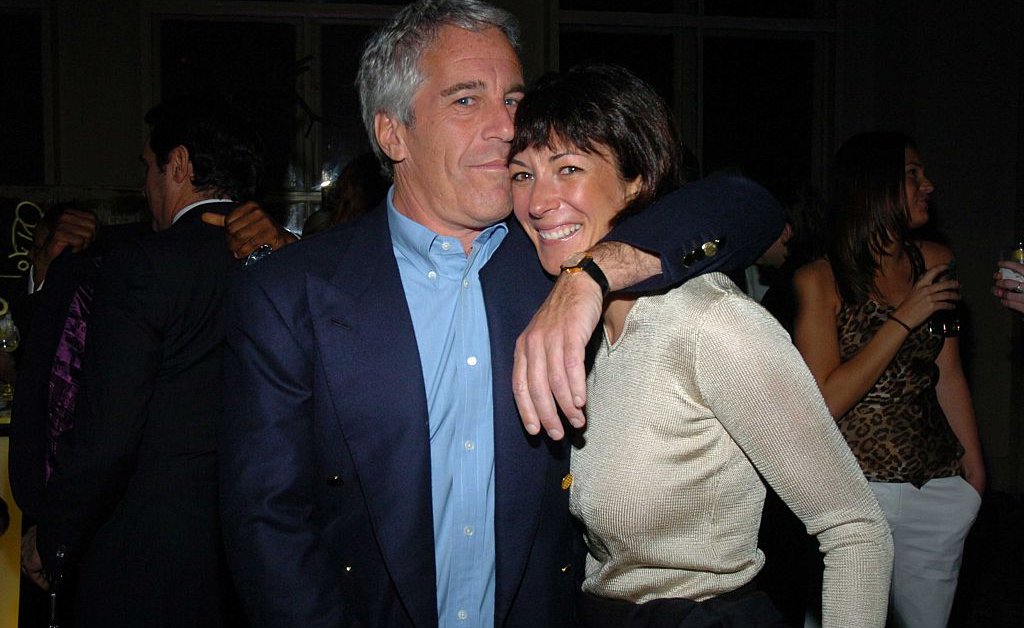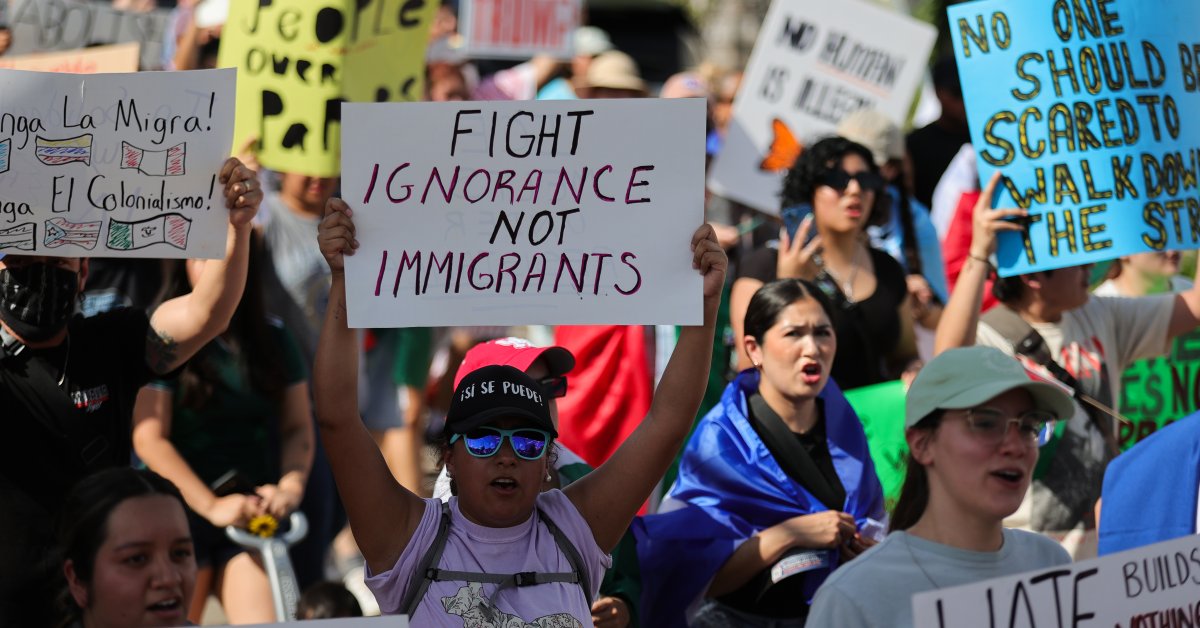The Trump Administration’s attacks against immigrants may be unprecedented in its willingness to push legal boundaries, but the intense rhetoric used to justify its policy has a long track record.
For more than a century, politicians and powerbrokers have used incendiary language to aggressively respond to threats abroad. They’ve labeled non-white natives who’ve challenged American interests overseas “bandits,” “savages,” or “terrorists. ” Now, similar terms are being applied to perceived enemies at home, especially to describe undocumented migrants.
There is a crucial utility to this framing. American leaders and commentators often portrayed international adversaries in unflattering and discursive brushstrokes. Using loaded descriptors not only intimate cultural distinctions that reinforced a sense of American superiority but also justified bending or breaking established rules of engagement against foes who were described as morally deficient. Today, the Trump Administration is using similar rhetorical tropes to defend its aggressive deportation efforts.
One of the earliest examples of this phenomenon occurred in the Philippines. At the turn of the 20th century, Emilio Aguinaldo led an armed resistance against U.S. colonization, which started a conflict that would kill some 4,200 Americans and as many as 200,000 Filipinos. U.S. officials and chroniclers often depicted the rebels as “savages” for using sneak attacks, booby traps, and torture—tactics supposedly considered beyond the pale of “civilized” warfare.
Read More: Prohibition Exposes the Dangers of Trump’s Immigration Rhetoric
This depiction justified to the broader American public brutal acts of retaliation, including razing villages and employing the infamous “water cure” to captives. American officials defended these actions by claiming that military personnel were merely reacting to the conditions around them. Senator Henry Cabot Lodge said, “I think they have grown out of the conditions of warfare, of the war that was waged by the Filipinos themselves, a semi-civilized people.”
Two decades later, the U.S. undertook a fight against Nicaragua’s Augusto Sandino that bore similar hallmarks to the earlier Philippines campaign. In their resistance to the presence of U.S. Marines in their country, Sandinistas engaged in unconventional guerrilla tactics.
Consequently, Americans commonly referred to Sandino as a “bandit,” a term that casually dismissed his political grievances and positioned him outside the bounds of legitimate resistance. The label also suggested that the U.S. response to his resistance did not have to abide by legitimate methods of international law, either. This rationale enabled Marines to pursue Sandinistas with impunity, leading to allegations of civilian targeting, village razing, and indiscriminate airplane bombing. These tactics provoked little outrage from the American public in part because of how U.S. officials portrayed the Sandinistas.
The specific terms “bandit” and “savage” fell from the lexicon over the latter half of the 20th century, but the U.S. continued to rhetorically respond in similar ways to foreign opponents who challenged what they considered to be U.S. imperial ventures, particularly in the Middle East.
The charged climate after 9/11 provided a new set of inflamed terms to apply to such resistance. Those who contested the U.S. occupations of Afghanistan and Iraq were automatically conflated with al Qaeda as “terrorists” or “unlawful enemy combatants.” While these terms were different from those used in the early 20th century, they largely held the same meaning. They inferred that such men used illicit violence and thus were not entitled to any legal rights if captured. This understanding justified the indefinite detention of thousands of individuals, many of whom would be subject to euphemistically named “enhanced interrogation techniques” that not only failed to produce much useful intelligence but undercut the U.S.’s longstanding position as a champion of human rights.
For more than a century, demonizing opponents has been useful for delegitimizing threats and justifying exceptional actions in foreign lands. But as the threat of insurgents has receded abroad, the Trump administration has brought these tactics home. By casting undocumented migrants as those who are in Trump’s words “poisoning the blood of our country,” it is turning domestic people into foreigners undeserving of civil treatment.
Read More: How Schools Are Navigating Trump’s Immigration Policies

The case of Kilmar Abrego Garcia, the Salvadoran man deported in March despite a court order protecting him from removal, has epitomized this approach. For three months, the Trump Administration stalled on adhering to a court decision to “facilitate” his release, using loaded terms to suggest the law should not apply to Abrego Garcia. Secretary of State Marco Rubio, for example, referred to him as a “gang banger,” alluding to alleged ties to the gang MS-13. In a press conference with Trump, El Salvador President Nayib Bukele called Abrego Garcia a “terrorist.”
Moreover, masked ICE agents have arrested tens of thousands of people—often under the pretense of preventing terrorism and gang activity without demonstrating substantive evidence. Venezuelan migrants, for instance, have been singled out on the suspicion they belong to Tren de Aragua, a Venezuelan gang. The Trump Administration has speciously invoked the Alien Enemies Act of 1798—a long dormant and wildly unpopular law in its day—to deny them court hearings and to facilitate deportation. In some instances, they were sent to El Salvador’s notorious CECOT prison with virtually no due process.
Meanwhile, international students, like Mahmoud Khalil and Rümeysa Öztürk were detained and their pro-Palestinian activism was conflated with support for the terror group Hamas. Both Khalil and Öztürk were eventually released.
The history of American officials using this language to justify foreign policy decisions shows that it is not merely an anodyne attempt to describe people. Rather, the use of terms like “terrorist” or “gang banger” has an important utility in framing perceived threats and thus rationalizing the deployment of extraordinary tactics against them. What had once been used effectively to support military action overseas is now being applied to combat undesirable populations at home.
Michael E. Neagle is professor of history, director of history & political science, and co-chair of the terrorism studies program at Nichols College and author of the forthcoming book, Chasing Bandits: America’s Long War on Terror.
Made by History takes readers beyond the headlines with articles written and edited by professional historians. Learn more about Made by History at TIME here. Opinions expressed do not necessarily reflect the views of TIME editors.








